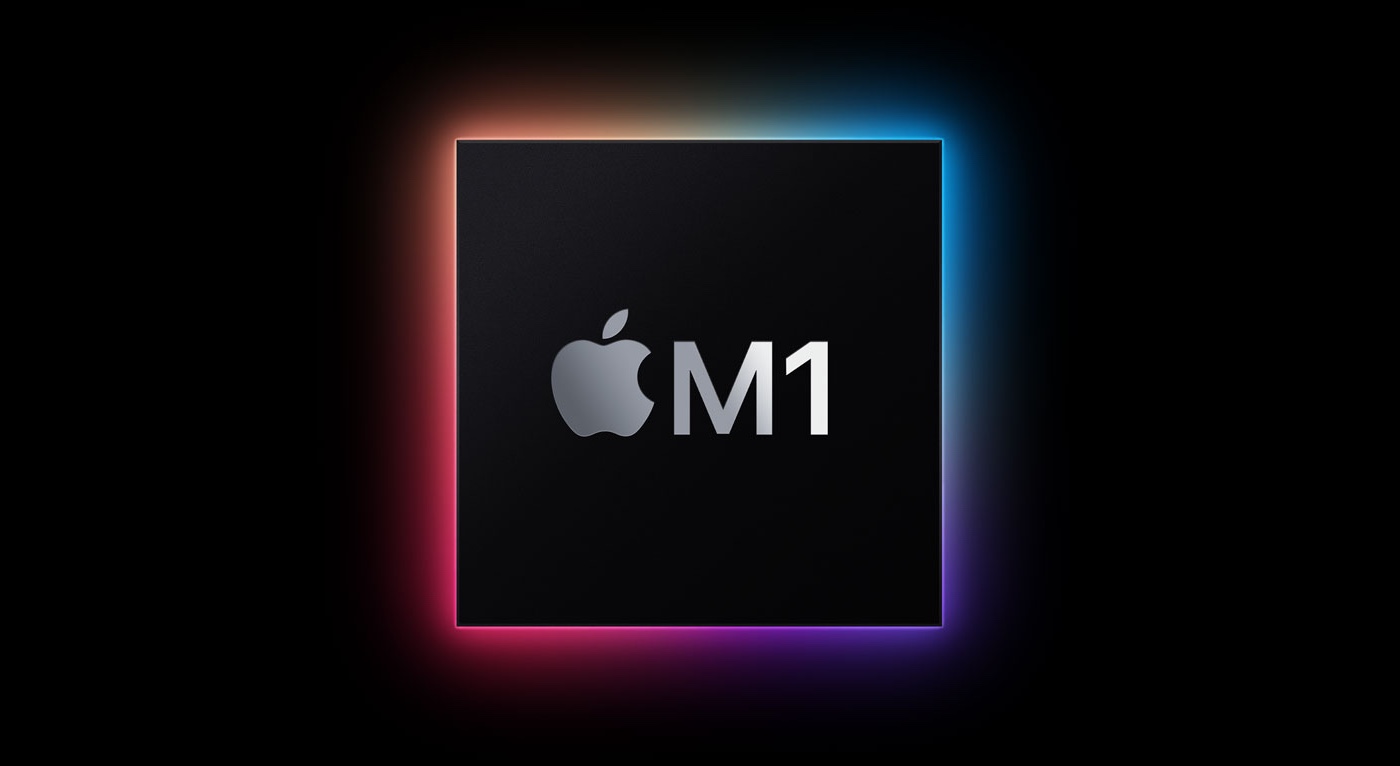

- #NUMPY FOR MAC M1 INSTALL#
- #NUMPY FOR MAC M1 PRO#
- #NUMPY FOR MAC M1 CODE#
- #NUMPY FOR MAC M1 DOWNLOAD#
I’m just mentioning this because apparently some people installed the ARM-version of Homebrew into /usr/local.
#NUMPY FOR MAC M1 INSTALL#
Note that (if you even care) the new official install directory is now /opt/homebrew, and no longer /usr/local (the latter one is the directory on Intel-based Macs). This Pull Request is ready since a month now and makes sure you can just install Homebrew as if you were on an Intel-computer. We don’t even need to do any weird stuff, but can actually just install it as necessary.

See it from the bright side: You get almost daily updates and for a short time you’ll have a different icon on your dock ¯\_(ツ)_/¯.
#NUMPY FOR MAC M1 CODE#
I do recommend running the native VS Code because of this blog post and because I do not know what would happen to Python or any other environment if the hosting application runs via Rosetta 2 (the 64 bit-to-arm-translator). )Īs soon as the regular VS Code downloads for ARM-based MacBooks appear, you can dump this one again and install the regular one instead. (For instance, to open a folder in VS Code you cannot type code. These things come with a different colour (a form of blue-green) and an ugly long application name.
#NUMPY FOR MAC M1 DOWNLOAD#
The first thing that has to change at the moment when you want to run the VS Code+Jupyter+Python-stack on the new MacBooks is that you have to download the Insiders edition of VSCode. However, I do not recommend this approach, both because you’ll definitely forget that your terminal will automatically install Intel stuff instead of ARM, and because this will lead to inconsistencies. Many recommend you simply install the Intel-based packages for everything. Note: I found a lot of blogposts such as this one. So this post is all about doing the same stuff, only on the ARM chips. Following the general vibe on the internet, running any data science related, Python based task is “simply impossible right now.” However, with a fair amount of googling, I managed to replicate my setup I initially described here. the beta releases) of VS Code.īut now I am taking a course on Natural Language Processing, and that is heavily engineering driven, including numpy, sciPy and PyTorch. For instance, VS Code stable right now is not released for the ARM architecture, so I had to momentarily switch to the “Insiders” edition (a.k.a. I’ve read on the ups and downs of the new chips extensively, and knew I would run into some trouble when initially setting up everything I am used to. My decision to buy this one was considerably determined by my old MacBook (2017), which both has a keyboard that drives me crazy, and a battery that does no longer deserve that name. (I tend to not use the marketable names “M1” or “Apple Silicon” as they tend to overshadow the fact that the ARM architecture is almost as old as the Intel architecture which ARM has replaced in the new MacBooks.)
#NUMPY FOR MAC M1 PRO#
So a few days ago I finally got my MacBook Pro sporting one of the new ARM-architecture chips. You can find the new, updated blogpost here! For the most parts, it's still up to date, but I have written a clean, new version based on the developments in the ecosystem.

Since a few weeks, I have now received more and more emails by people asking whether this guide is still up-to-date. In this post, I describe how.Īfter I wrote this guide, many many people have relied upon it to set up their data science toolchain on the new M1 MacBooks. However, it is possible to run a development setup natively on the ARM-architecture. However, data scientists and engineers have been wary of upgrading too soon, and in my opinion rightfully so. The new Apple M1 devices have received quite the attention in the past months.


 0 kommentar(er)
0 kommentar(er)
